Gwakji Beach (Gwakji Gwamulhaebyeon Beach) (곽지해수욕장 (곽지과물해변))
18.3Km 2023-02-16
Geumseong 5-gil, Jeju-si, Jeju-do
+82-64-728-3985
Gwakji Beach is a beach that has nice conditions including a 350-meter-long, 70-meter-wide white sand beach, an average water depth of 1.5 meters and a slope of about 5 to 8 degrees. Thanks to these conditions, a youth training facility was installed and groups of tourists visit here every year. Gwakji-ri is a historic village where shell mounds from prehistoric times were once excavated. According to a local legend, Gwakji Beach used to be a village in the ancient days, but one day, it became buried in the sand.
Saebyeol Oreum (새별오름)
18.3Km 2025-03-13
San 59-8, Bongseong-ri, Jeju-si, Jeju-do
+82-64-740-6000
Located in Bongseong-ri, Aewol-eup, Jeju-si, Saebyeol Oreum (called Hyoseongak) is a parasitic volcano cone set alone that looks like a lonely star (Saetbyeol in Korean) in the night sky, giving this volcano cone its name. Based on the highest south peak, small peaks continue in the northwest direction, forming an oval-shape. The oreum is a mid-sized oreum among 360 oreums on Jeju Island and it features a stunning view from the peak of the beautiful ridges connecting to one another.
Haenyeo’s Kitchen Bukchon Branch (해녀의부엌 북촌점)
18.4Km 2024-01-09
31 Bukchon 9-gil, Jocheon-eup, Jeju-si, Jeju-do
Haenyeo’s Kitchen Bukchon Branch was renovated from a fishing village warehouse and is a unique restaurant where visitors can enjoy meals while appreciating the media art in a 360-degree panorama. Only 14 people are invited to a table of dishes carefully prepared by 12 artists to taste a course meal of seafood collected by haenyeo (female divers who collect seafood). While dining, the customers are entertained with media art and a storytelling by a docent that depicts the life of haenyeo divers and their village. The four-course lunch lasts 80 minutes, and the seven-course dinner lasts 120 minutes. Unique dishes, such as shindari, the fermented beverage; sangwetteok, Jeju’s traditional rice cake; uyeongpat with bracken and bean sprouts; Nangpun Set Menu comprised of top shells, red tilefish, seafood wraps, steamed pork slices, vegetables, and other side dishes; omegi rice cakes, become special memories of the trip in itself. Admission is available for those aged 6 or older, and reservations are required.
Jas de Bouffan (자드부팡)
18.6Km 2024-02-20
385-216 Bukheul-ro, Jocheon-eup, Jeju-si, Jeju-do
Café Jas de Bouffan is nestled within Dongbaek-Dongsan forest, featuring a European-style building that, along with the surrounding forest, creates stunning scenery. The signature item on the menu is the coconut cream latte. Guests can savor a range of desserts and drinks amidst the café's exotic atmosphere. Nearby attractions such as Gimnyeong Beach, Bijarim Forest, and Manjanggul Lava Tube enhance the appeal of visiting this unique spot.
Geomunoreum Lava Tube [UNESCO World Natural Heritage Site] (거문오름 [유네스코 세계자연유산])
18.8Km 2025-03-13
569-36 Seongyo-ro, Jocheon-eup, Jeju-si, Jeju-do
+82-64-710-8981
Geomunoreum Lava Tube stands out as one of the distinct oreum (the Jeju language term for parasitic cones) on Jeju Island, marked by its extensive network of around 20 lava tubes running through the volcanic structure. This site is not only a geological marvel but also a sanctuary for diverse biological species. Visitors begin their journey at the Jeju World Natural Heritage Center, from where a path leads directly to the Geomunoreum Lava Tube. It is important to note that prior reservations are required to visit. The significance of this location as a key geological feature was recognized when it was designated as a UNESCO World Natural Heritage Site in 2007. Additionally, an international trekking event is hosted annually to celebrate its global importance.
Jeju World Natural Heritage Center (제주 세계자연유산센터)
18.8Km 2021-05-31
569-36, Seongyo-ro, Jeju-si, Jeju-do
+82-1800-2002
The Jeju World Natural Heritage Center was established to acknowledge Jeju Island’s value as the sole UNESCO World Natural Heritage in Korea. It is comprised of various facilities including a 4D video room, lava tunnel experience, origins of Jeju-do, and many other activities that visitors can experience first-hand. Jeju World Natural Heritage Center is located in the Geomunoreum Lava Tube System, which was designated as a UNESCO World Natural Heritage in 2007, one of the 20 ecological tourism spots selected by the Ministry of Environment of Korea in 2009, as well as a Korean-style ecological tourism model.
* Opening date: September 4, 2012
Changkkom (창꼼)
19.0Km 2024-10-15
15 Bukchon 15-gil, Jocheon-eup, Jeju-si, Jeju-do
Changkkom is a unique rock formation with a window-shaped hole, popular among tourists for taking photos.
Bengdwigul Cave [UNESCO World Natural Heritage Site] (제주 선흘리 벵뒤굴 [유네스코 세계자연유산])
19.1Km 2022-12-27
Jocheon-eup, Jeju-si, Jeju-do
+82-1600-0064
With a total length of 4,481 meters, Bengdwigul Cave is shaped like a maze and has one of the most complex lava tube structures in the world. For geologists, this cave is invaluable since it demonstrates how lava continuously flowed over the surface of the ground and the complex route it took to eventually form a tube deep underground. Created particularly close to the earth’s surface, this cave has a number of entrance holes to the tunnel. Inside, the complex structure of the cave unfolds in the form of double-tiered or triple-tiered rooms. A range of lava formations such as lava columns and lava bridges have developed inside this mystical tube.
* The UNESCO World Heritage designated Geomunoreum Lava Tube System of Bengdwigul, Manjanggul Cave, Gimnyeonggul, Yongcheondonggul and Dangcheomuldonggul Caves.
Seogwipo Recreational Forest (서귀포자연휴양림)
19.3Km 2020-08-13
882, 1100-ro, Seogwipo-si, Jeju-do
+82-64-738-4544
Seogwipo Recreational Forest is Korea’s southernmost recreational park that serves as an excellent nature getaway by preserving the mountain’s forest environment and ecosystem while minimalizing manmade structures as much as possible. The park is located approximately 700 meters above sea level, and is 10 °C lower in average temperature compared to that of Seogwipo’s downtown, providing the ideal condition to enjoy forest bathing and camping from spring to fall. The park is easily accessible by car, thanks to the paved road from the mountain’s foothills all the way up to the park’s entrance. It takes about 30 minutes by car from Seogwipo’s downtown to the recreational park. The park is densely packed with trees and the air is filled with the refreshing forest scent, and even has a pebble walking trail suitable for a barefoot massage. The forest is equipped with amenities such as a mountain cottage, forest bathing site, campfire site, cooking area, and auto-camping site. Although the amenities serve to provide visitors’ convenience, they are minimized so as to prevent damage to the forest’s natural environment.

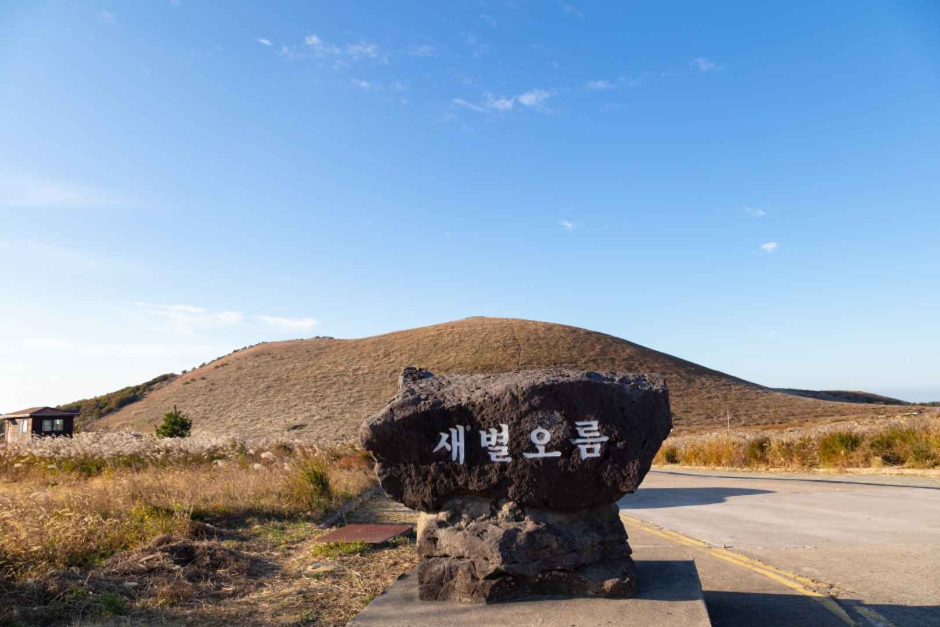
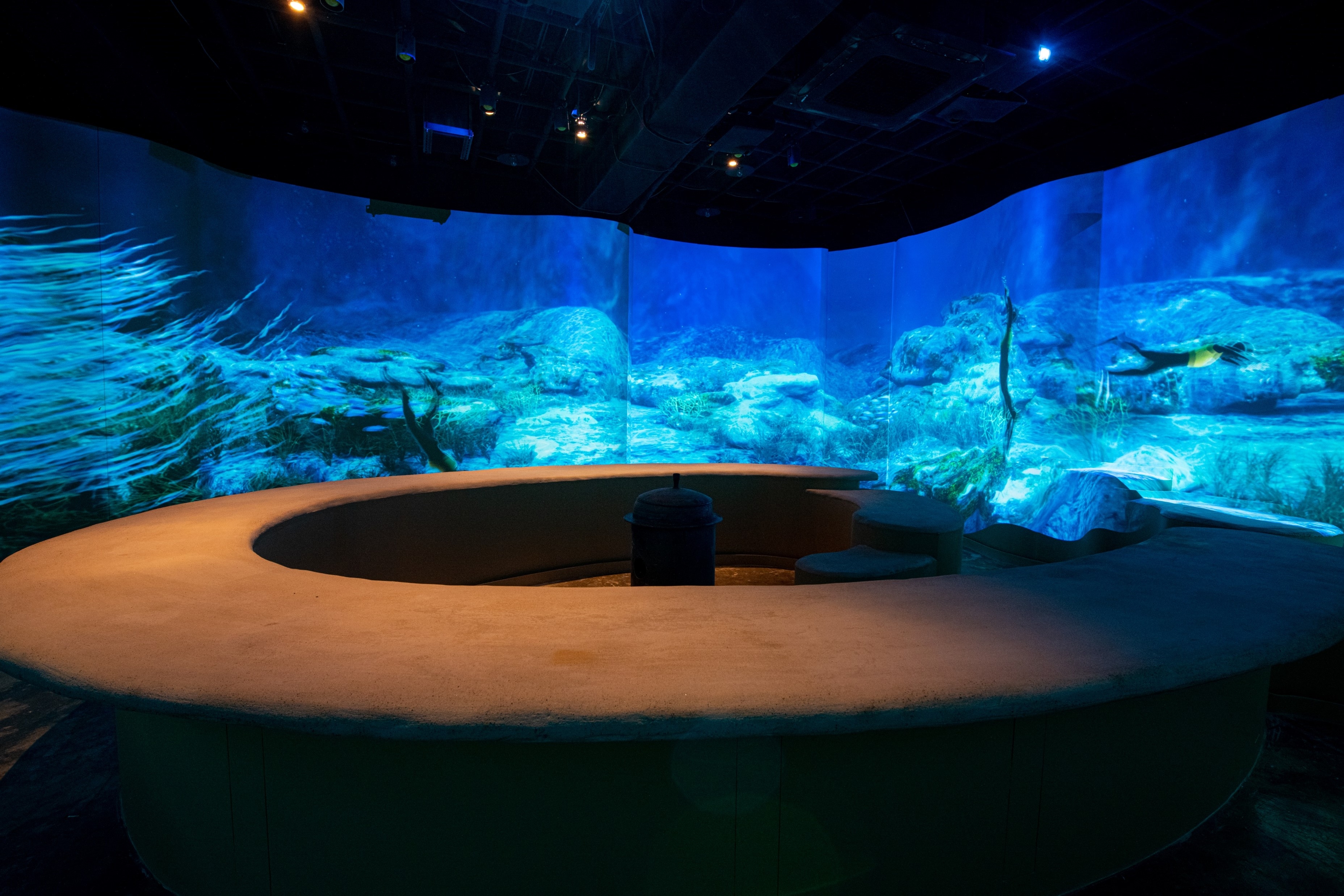
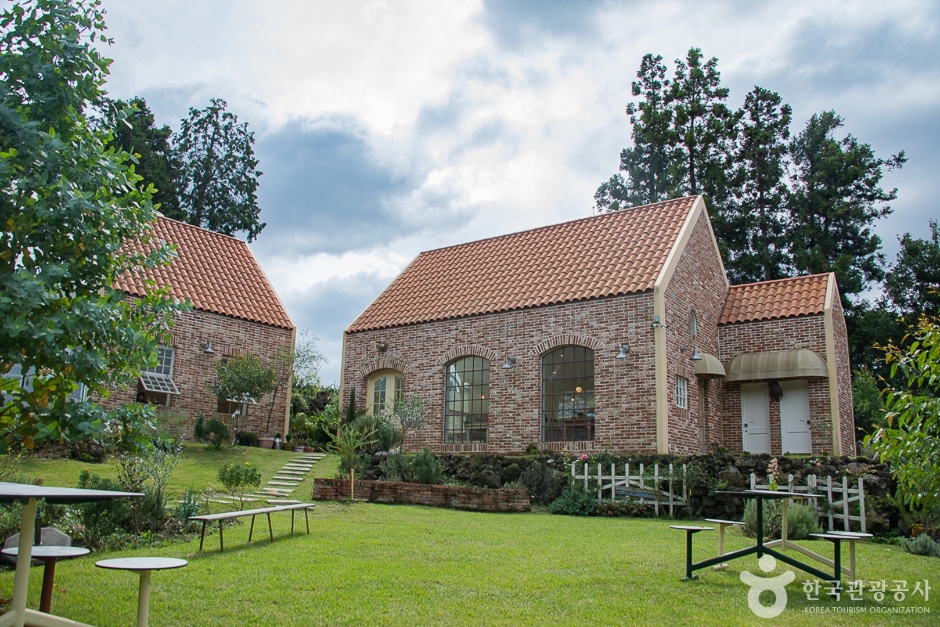
![Geomunoreum Lava Tube [UNESCO World Natural Heritage Site] (거문오름 [유네스코 세계자연유산])](http://tong.visitkorea.or.kr/cms/resource/61/2661661_image2_1.jpg)
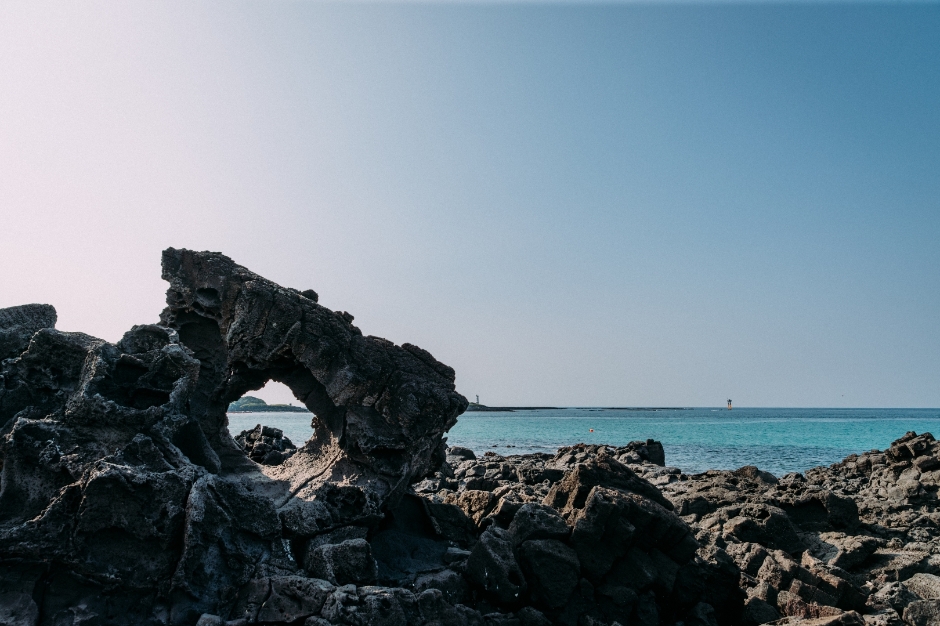
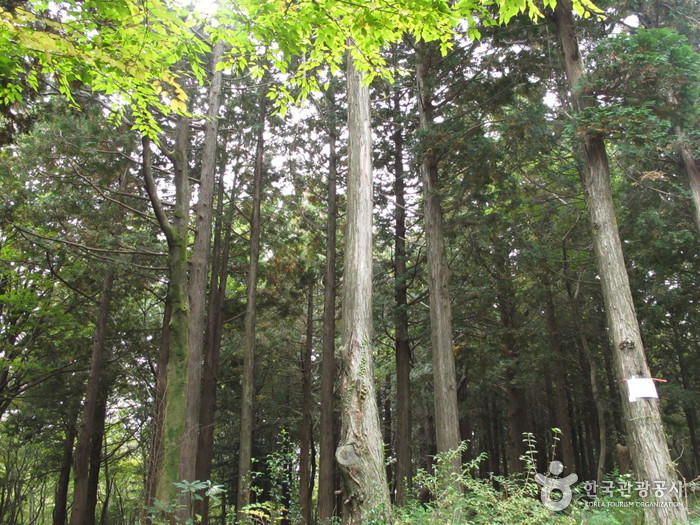
 English
English
 한국어
한국어 日本語
日本語 中文(简体)
中文(简体) Deutsch
Deutsch Français
Français Español
Español Русский
Русский